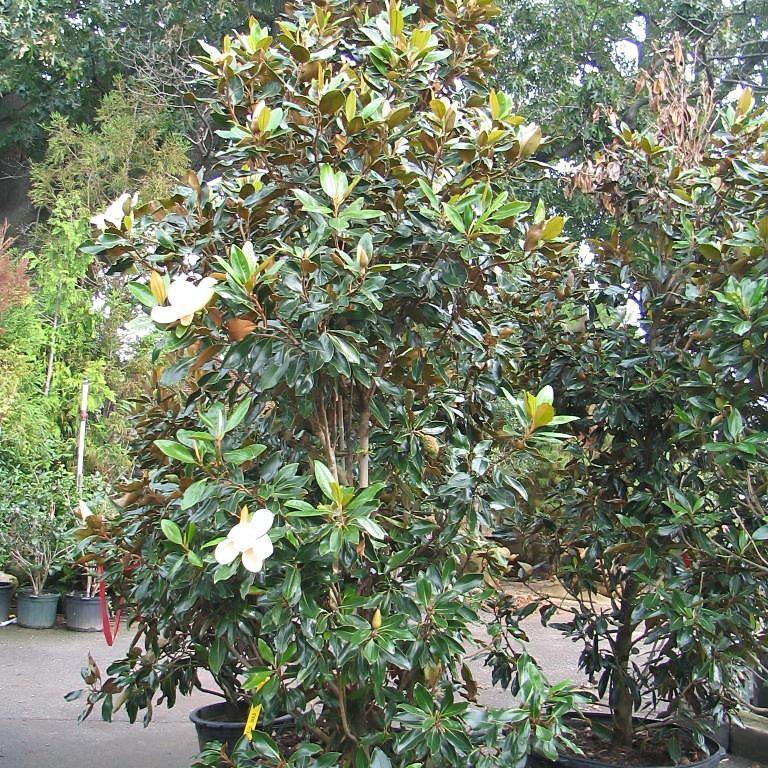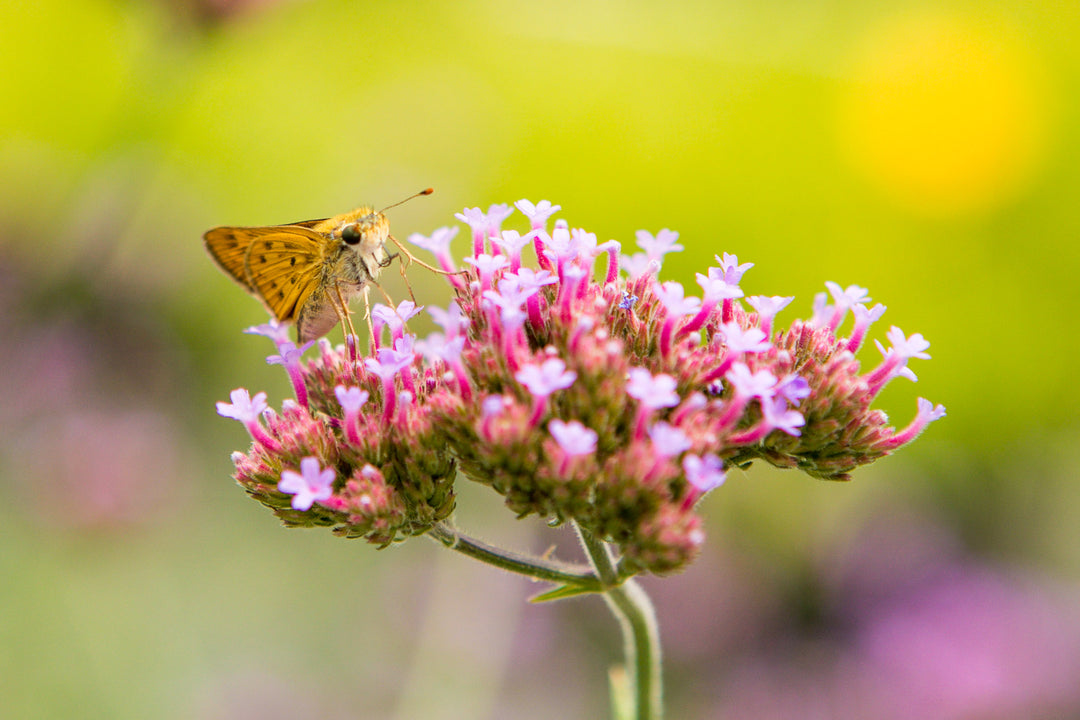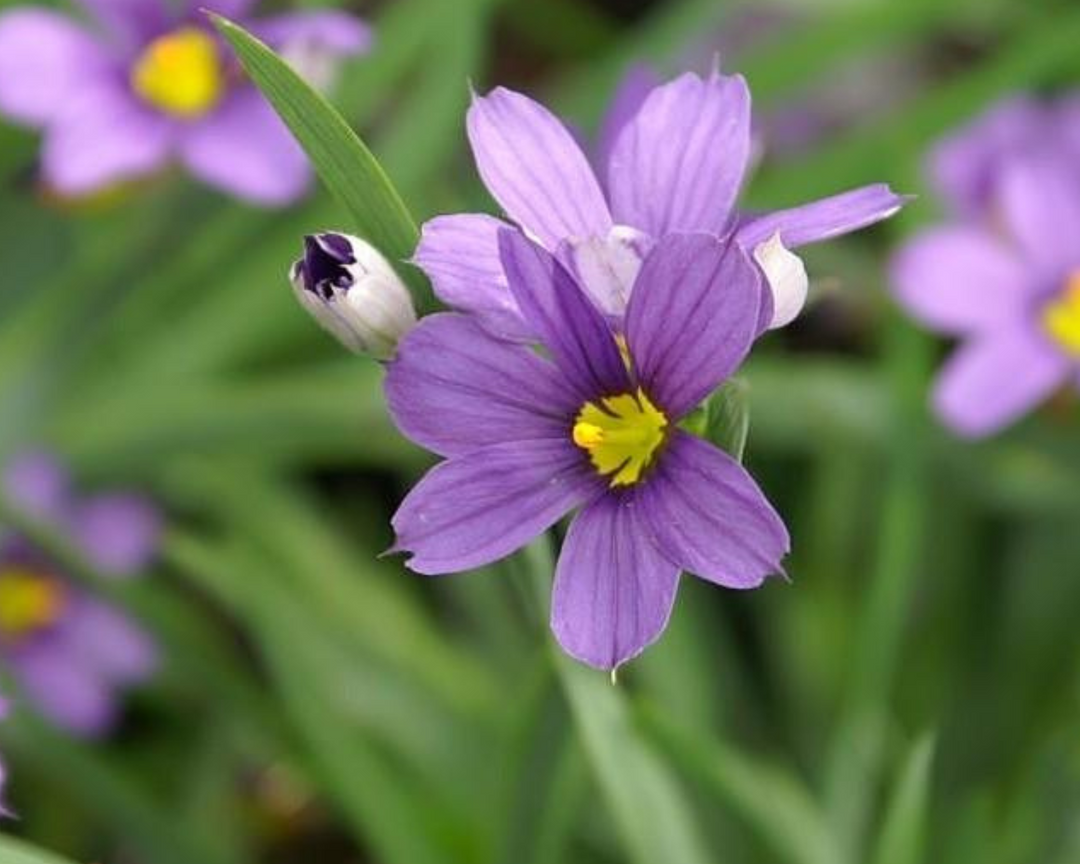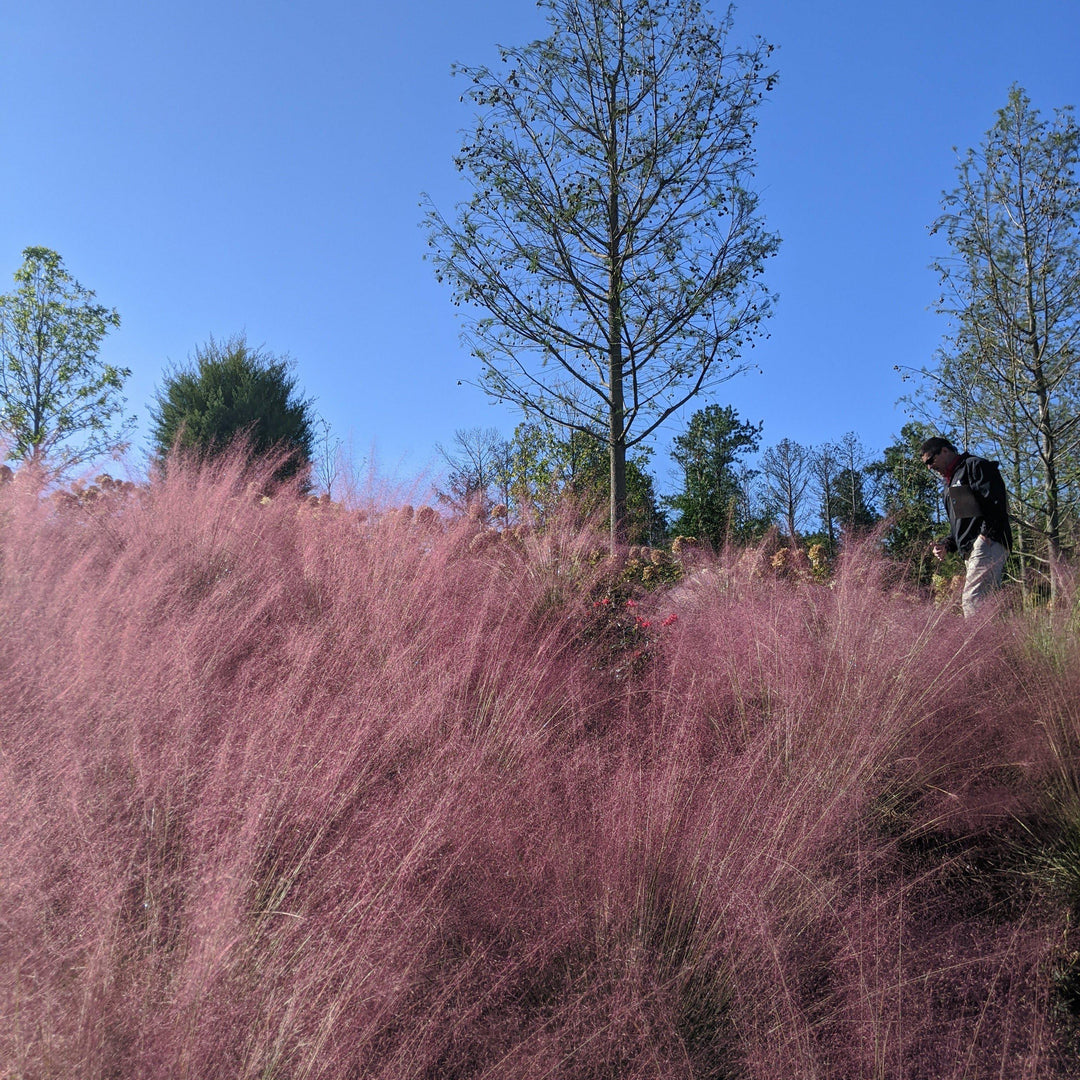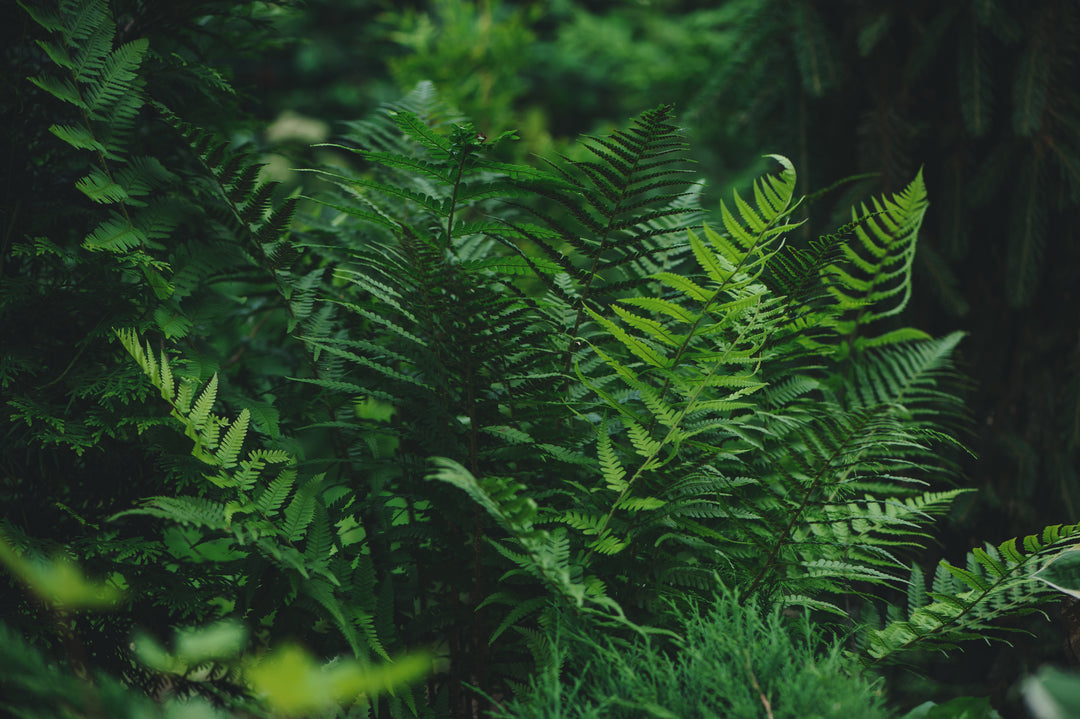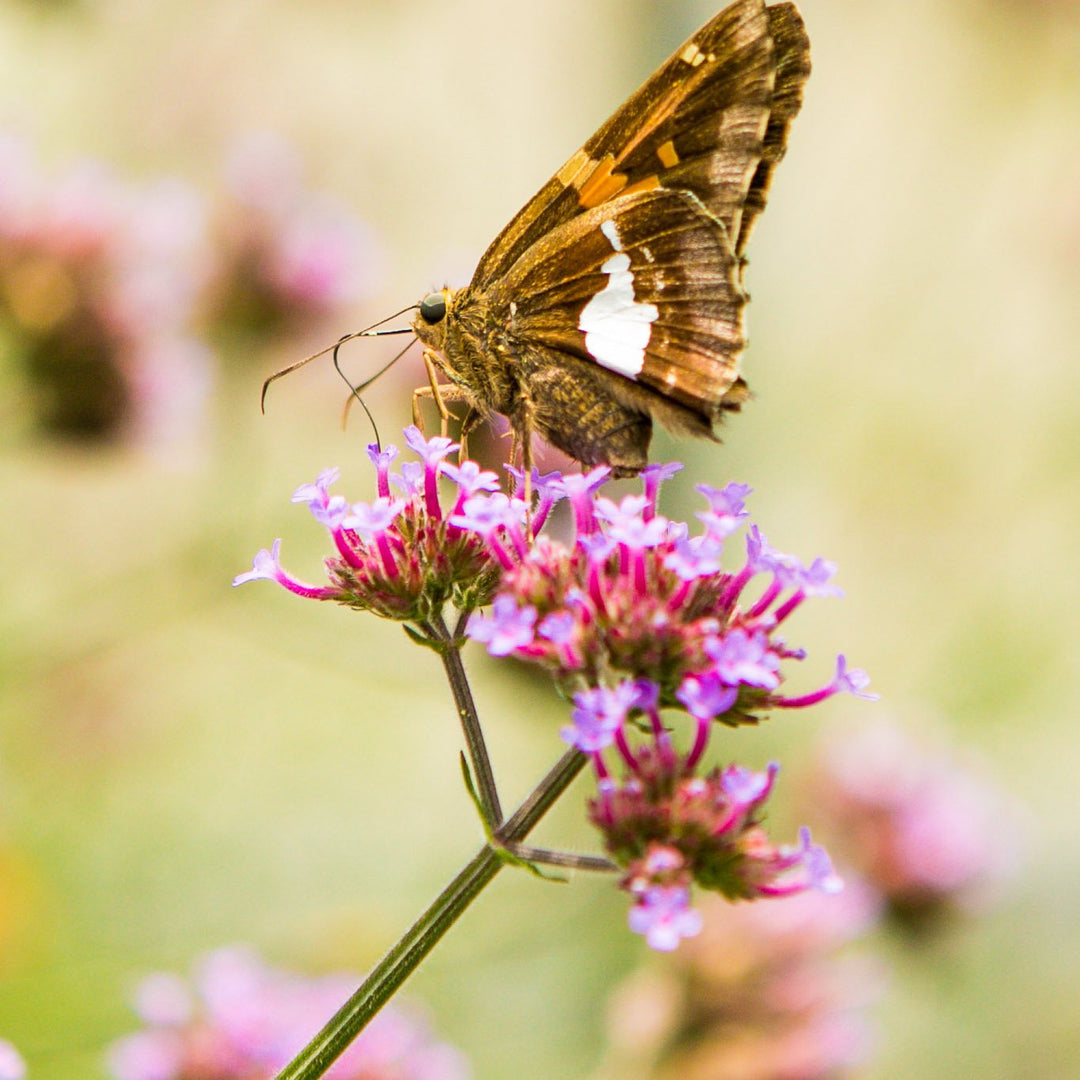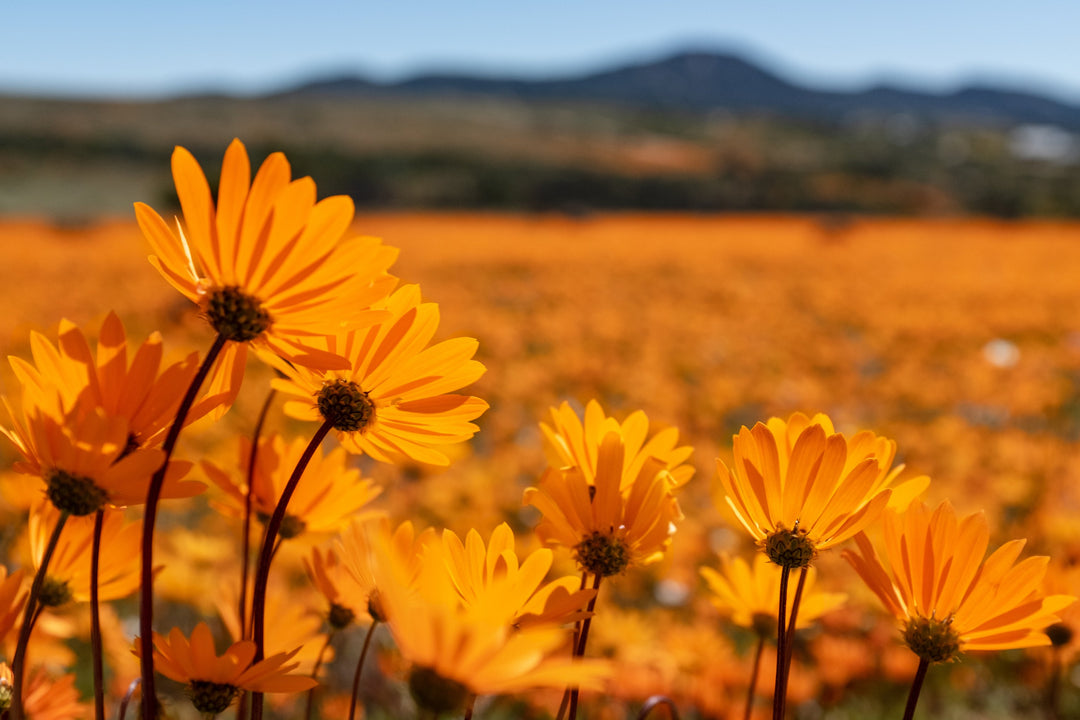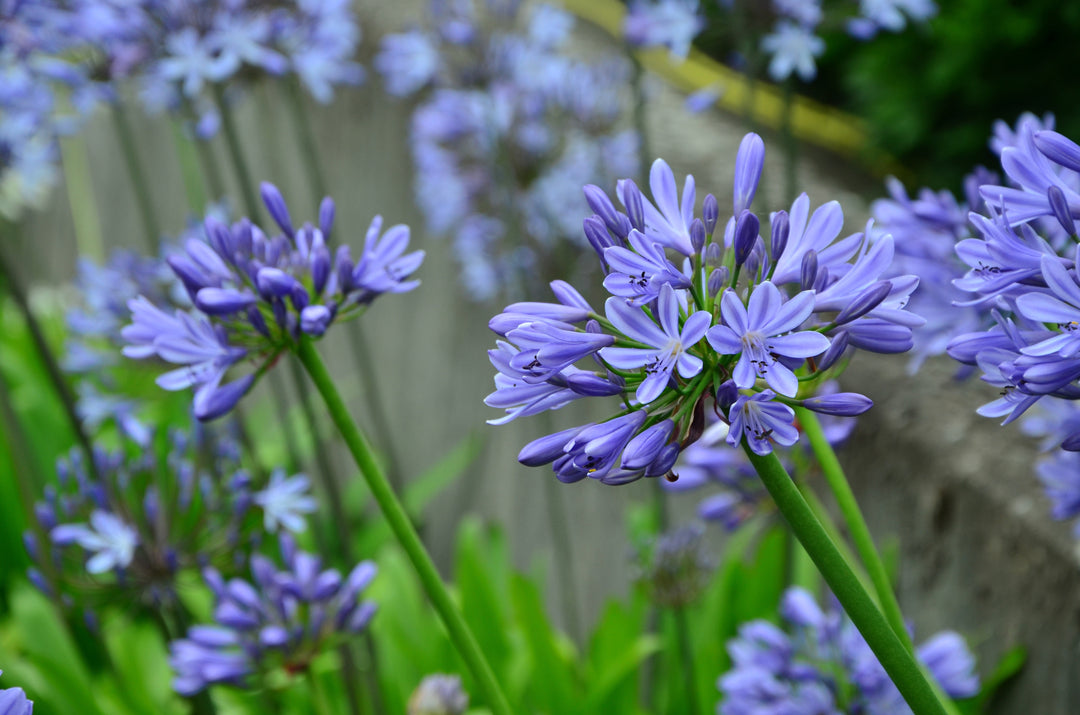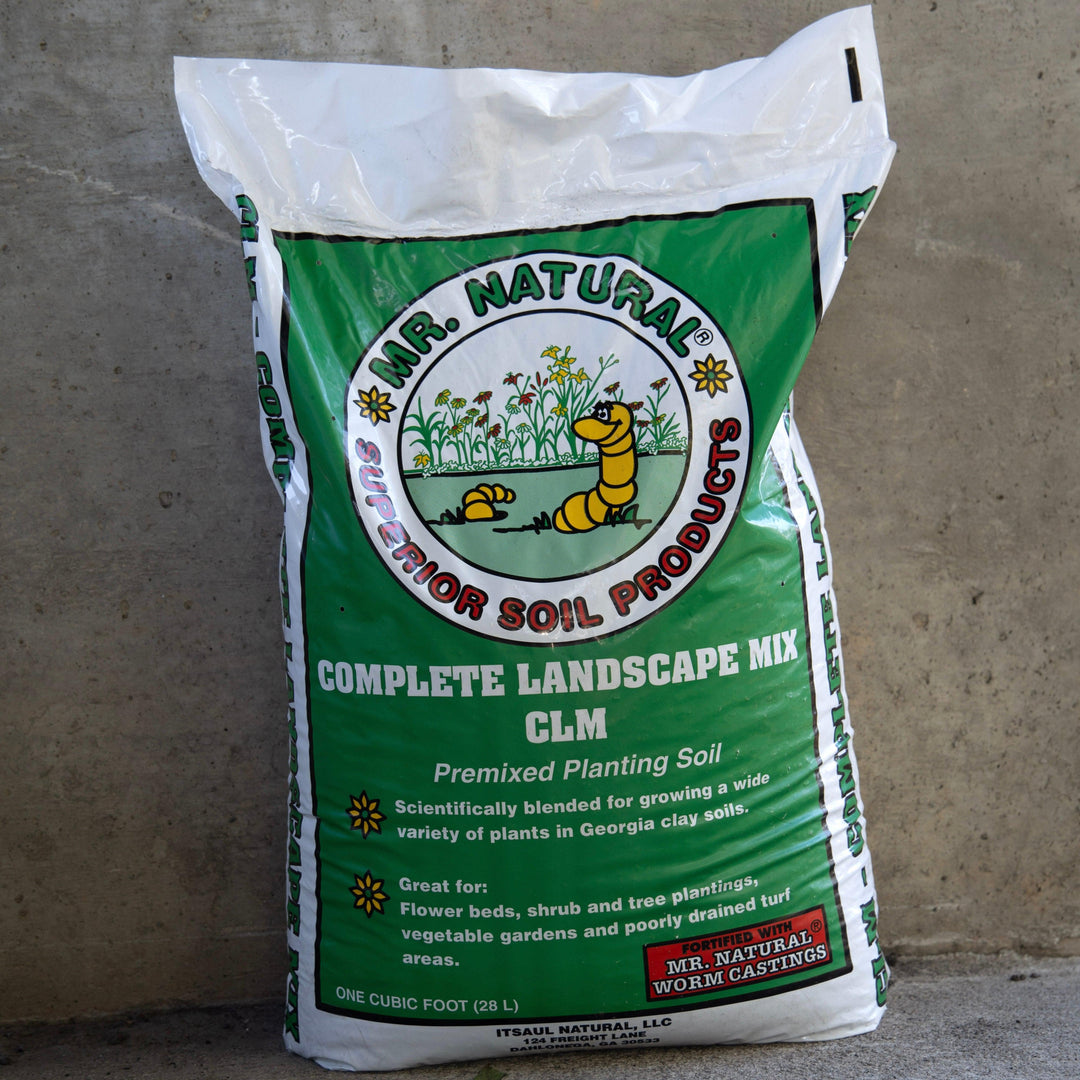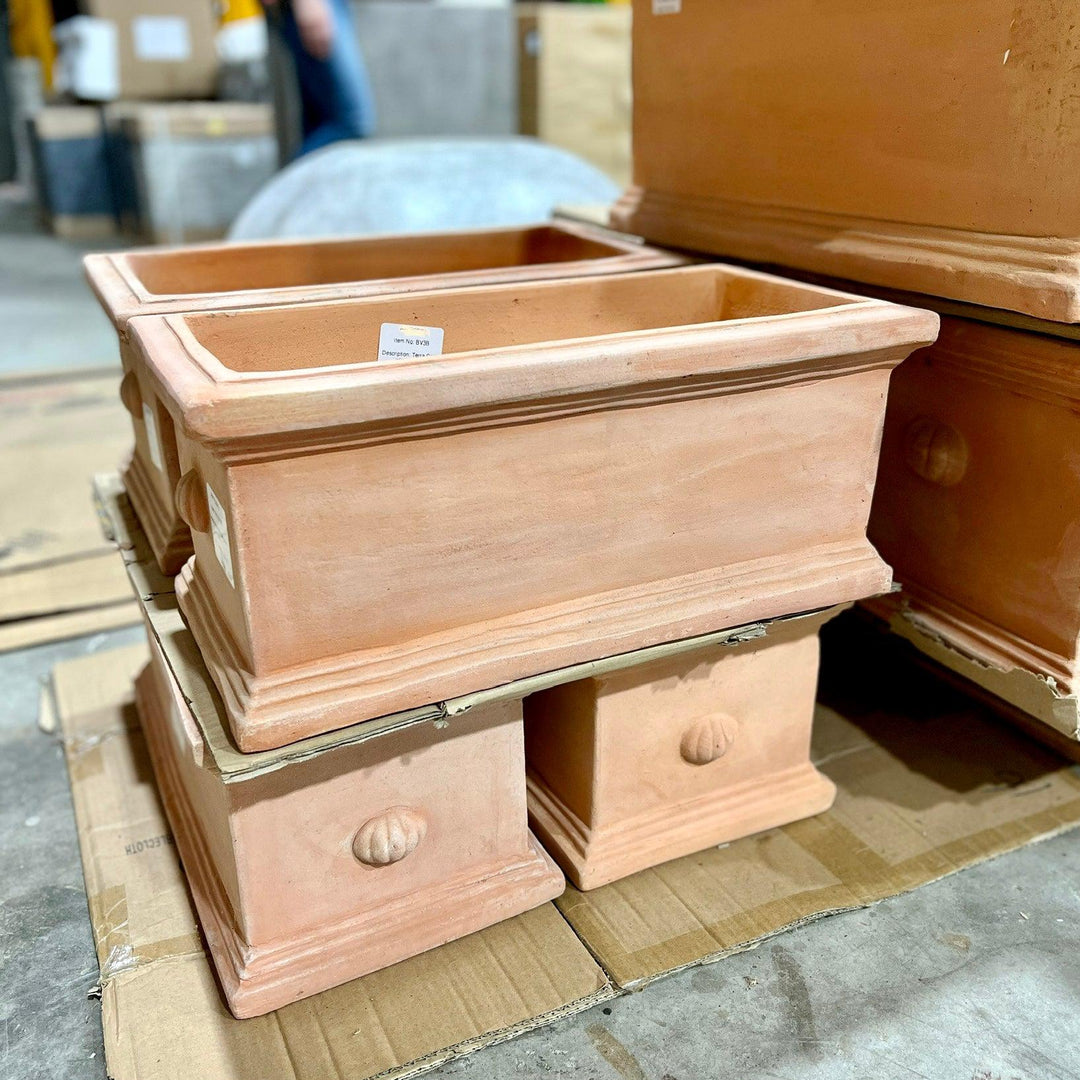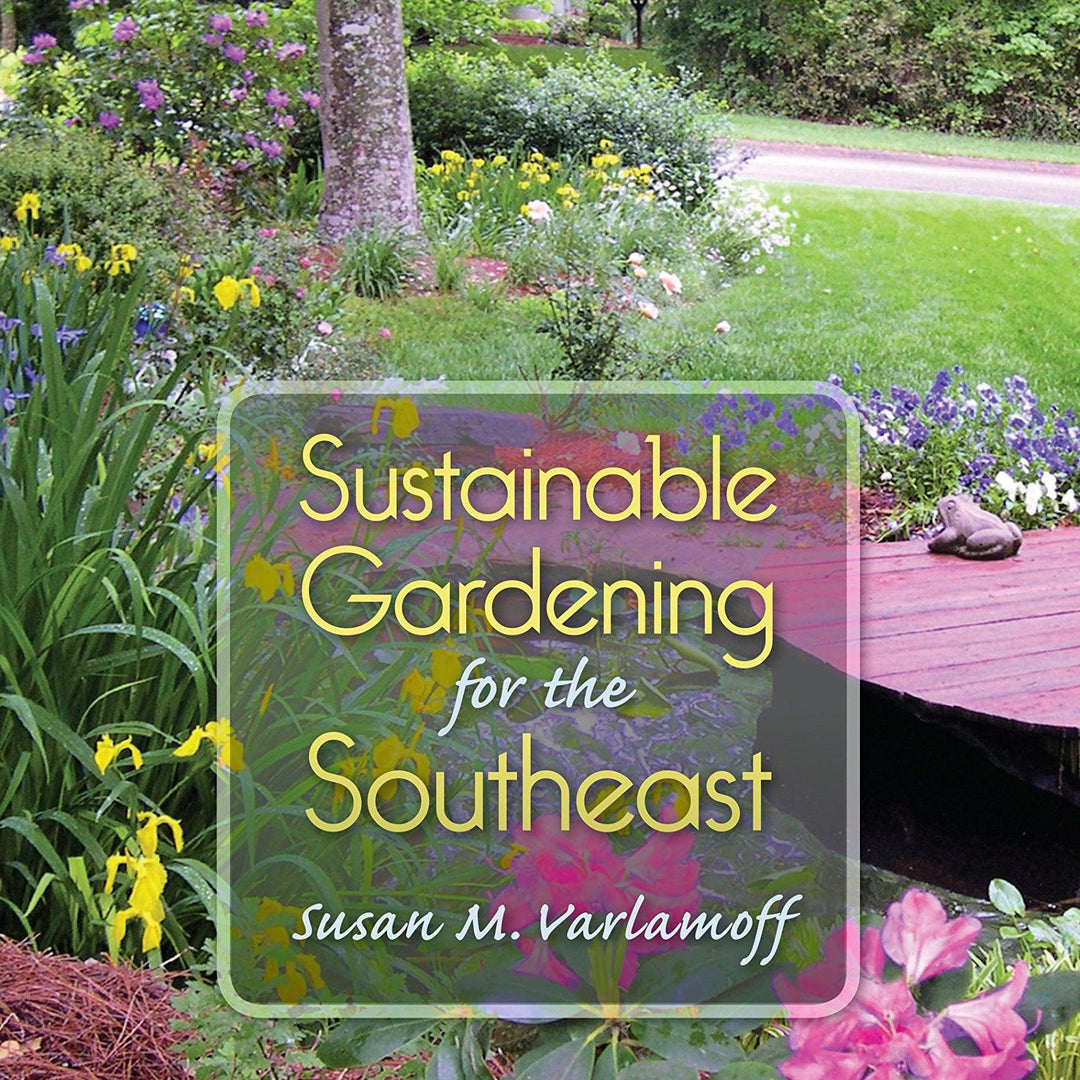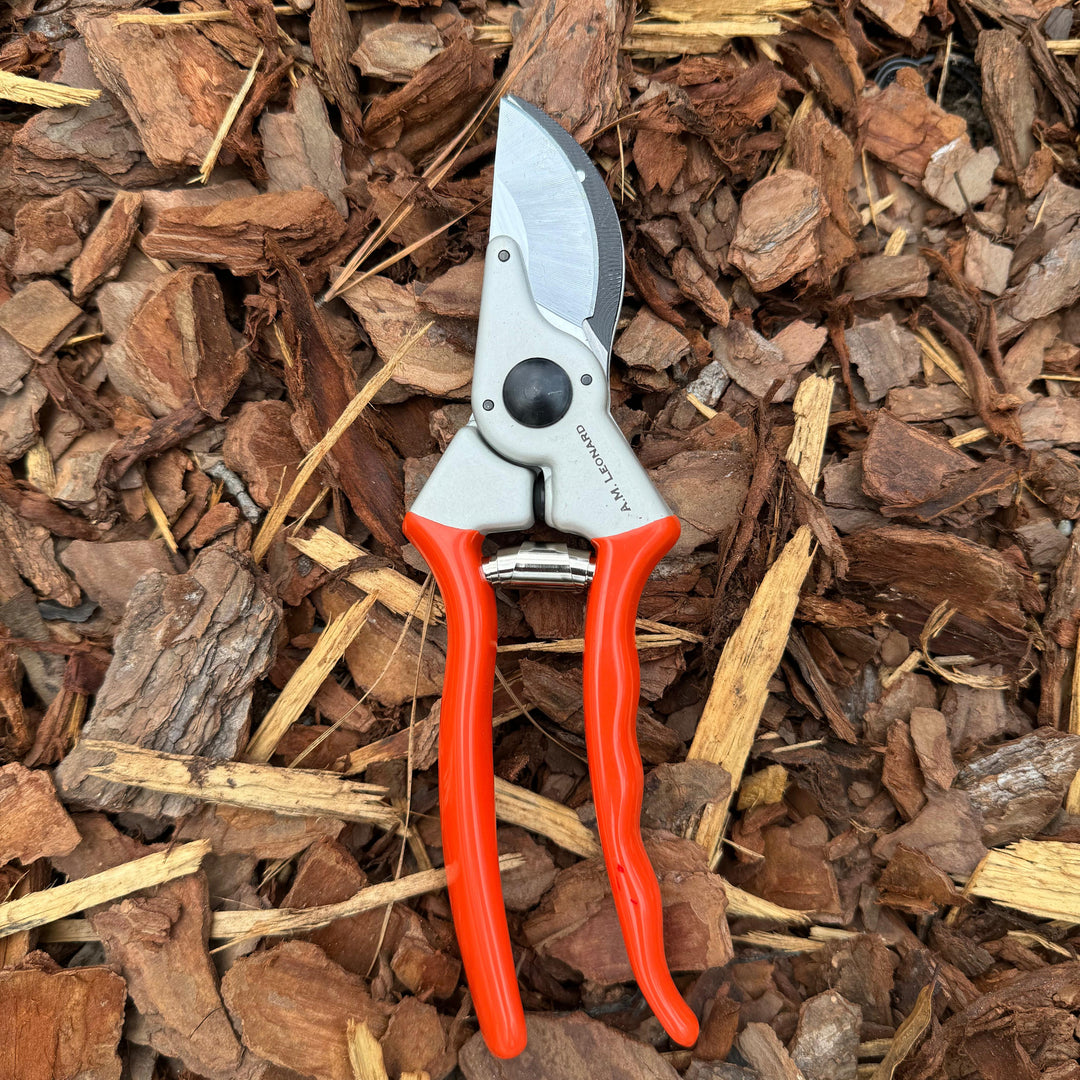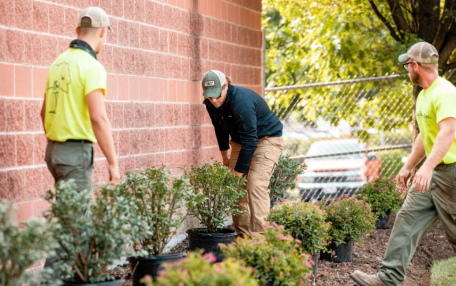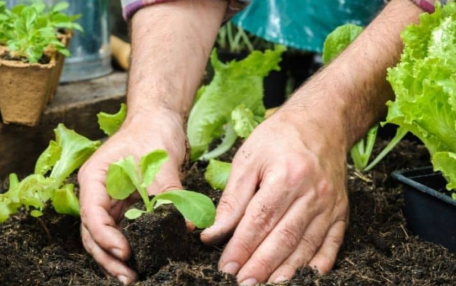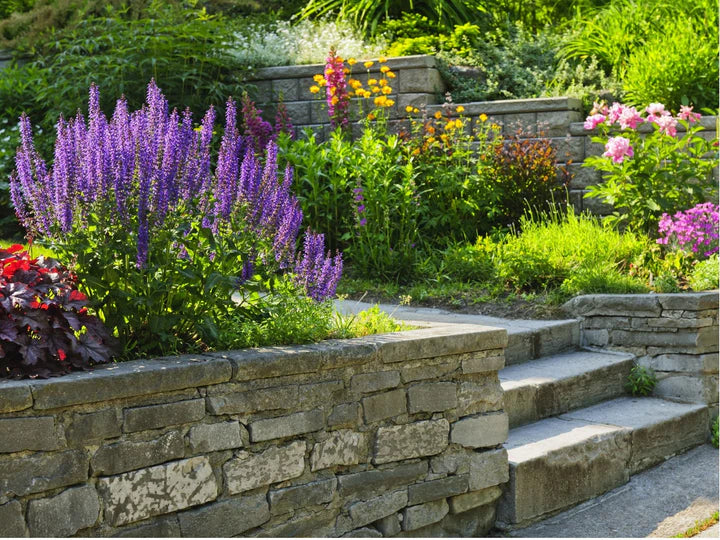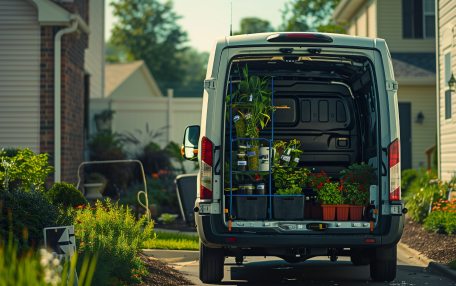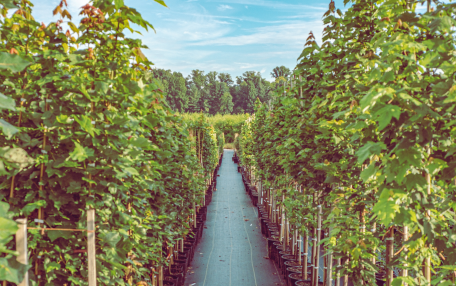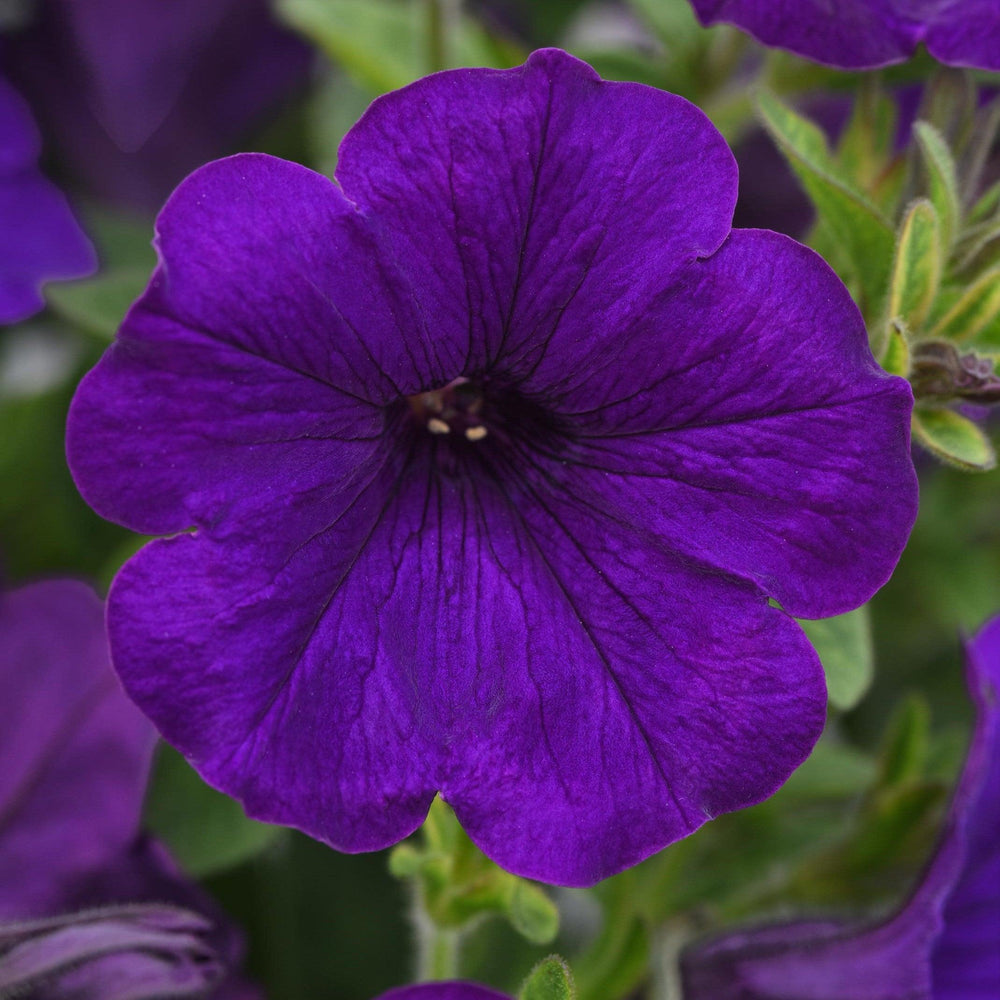Grow a Vibrant Garden with Rudbeckia Fulgida 'Goldsturm' Black-Eyed Susan
If you are looking for a vibrant and colorful addition to your Georgia garden, then Monrovia’s Rudbeckia fulgida 'Goldsturm' Black-Eyed Susan is the perfect choice. This stunning plant, also known as the orange coneflower, is a member of the sunflower family and produces beautiful golden-yellow flowers that can bloom from mid-summer all the way through to fall.
In this article, we will explore everything you need to know about growing and caring for Monrovia’s Rudbeckia fulgida Goldsturm Black-Eyed Susan.
What to Know About Rudbeckia Fulgida Goldsturm Black-Eyed Susan

IMAGE: Servescape, Black-Eyed Susan
The Black-Eyed Susan is a perennial flowering plant that produces daisy-like flowers with a black or dark brown center cone and bright yellow or golden petals. This plant is native to North America and is commonly found in the Eastern and Central regions of the United States. The Black-Eyed Susan is the official state flower of Maryland.
Origin and History of the Black-Eyed Susan
This plant is named after the biblical character, Susan, who was known for her beautiful eyes. The 'Black-Eyed' part of its name came from its dark center cone, which resembles a black eye.
The Rudbeckia fulgida 'Goldsturm' variety was first introduced by Heinrich Hagemann in the late 1930s, and it quickly became a popular choice among gardeners due to its unique color and blooming pattern.
Characteristics of the 'Goldsturm' Variety
The Goldsturm variety of Black-Eyed Susan is more compact than the original species, and it produces larger, more abundant blooms.
The flowers grow on tall, sturdy stems, and are loved by bees and butterflies, making them a great addition to any pollinator garden. The plant itself can grow up to 2-3 feet in height and 1-2 feet in width.
Symbolism and Cultural Significance
The Black-Eyed Susan has been used as a symbol of resilience, strength, and independence. It has also been associated with the notion of 'justice for all,' due to its use in political campaigns and social movements.
In the Chippewa tribe, the flower was used to treat earaches, while the Cherokee used it to cure snake bites.
Planting and Growing Black-Eyed Susan
Black-Eyed Susan is a beautiful and resilient plant that can add a burst of color to any Atlanta area garden. Here are some additional tips on how to plant and grow this stunning flower.
Ideal Soil Conditions
The Goldsturm variety of Black-Eyed Susan prefers well-drained soil that is rich in organic matter. To improve soil quality, consider adding compost or aged manure to the soil before planting. While this plant can tolerate a wide range of soil types, including sandy or clay soils, it will thrive in nutrient-rich soil.
Sunlight and Water Requirements
Black-Eyed Susan plants are sun-loving and require at least six hours of sunlight per day to thrive. However, they can tolerate partial shade as well.
When it comes to water, these plants prefer consistent moisture, so make sure to water them regularly, especially during periods of drought. However, be careful not to overwater, as this can lead to root rot.
Planting Tips and Techniques
The best time to plant Black-Eyed Susan is in the spring or fall. When planting, leave a space of about 18 inches between each plant to allow them to grow and spread. Make sure to water thoroughly after planting, and mulch the soil to help retain moisture and suppress weeds.
Black-Eyed Susan plants are also low-maintenance and do not require much fertilizer. However, you can add a slow-release fertilizer to the soil in the spring to give them a boost.
Companion Plants for Black-Eyed Susan
Monrovia’s Black-Eyed Susan plants make great companions for other perennials such as sedum, salvia, and echinacea. These plants have similar growing requirements and can complement each other's colors and textures. They can also be grown alongside annuals like zinnias and marigolds, which will add even more color to your Georgia garden.
In addition to being a beautiful addition to any garden in the north-central Georgia region, Black-Eyed Susan plants are also great for attracting pollinators like bees and butterflies. By providing a food source for these important creatures, you can help support the overall health of your garden and the environment.
Caring for Your Black-Eyed Susan

Once established, Black-Eyed Susan requires minimal care, but there are still a few things you can do to ensure your plant thrives and continues to bloom year after year.
Pruning and Deadheading
Deadheading is the process of removing spent blooms from the plant to encourage more blooms to grow. Regular deadheading can also prevent the plant from self-seeding and spreading too much. To deadhead your Black-Eyed Susan, simply pinch or cut off the spent blooms at the base of the flower.
In addition to deadheading, you can also prune your plant back in the fall to promote healthy growth the following year. Cut back the stems to about 6 inches above ground level, and the plant will grow back stronger and healthier in the spring.
Pest and Disease Management
Black-Eyed Susan plants are relatively pest and disease-free, but they can occasionally suffer from fungal diseases like powdery mildew. To prevent this, make sure to plant your Black-Eyed Susan in well-ventilated areas with plenty of sunlight. Avoid overhead watering, which can lead to the growth of fungal spores on the leaves and flowers.
If you do notice signs of powdery mildew or other fungal diseases, you can treat the plant with a fungicide spray or remove the affected leaves and flowers to prevent the spread of the disease.
Fertilizing and Mulching
Black-Eyed Susan doesn't require frequent fertilization, but you can apply a slow-release fertilizer in the spring to encourage healthy growth and more blooms. Be sure to follow the instructions on the fertilizer package and don't over-fertilize, which can lead to weak and spindly growth.
Mulching the soil around your plant can also help to retain moisture and regulate soil temperature. Apply a layer of mulch about 2-3 inches deep around the base of the plant, being careful not to cover the stems or leaves. This will help to keep the soil moist and cool during hot summer months.
Winter Care and Preparation
Black-Eyed Susan plants can survive the winter with minimal protection, but there are a few things you can do to help your plants weather the cold months. Cover the plant with a layer of mulch or straw to help it avoid frost heaving, which can damage the roots and stem.
You can also cut the plant back to about 4 inches above ground level to avoid breakage or damage from heavy snow and ice.
With a little bit of care and attention, your Black-Eyed Susan will reward you with beautiful blooms year after year. Enjoy the bright and cheerful addition to your garden!
Propagating Black-Eyed Susan
If you want to expand your Black-Eyed Susan collection, you can propagate the Goldsturm variety through seed collection, division, or root cuttings.
This variety is one of the most popular varieties of Black-Eyed Susan plants. Its bright, golden-yellow petals and dark, almost black center cones make it a standout in any garden.
Collecting and Storing Seeds
When the flower heads of your Black-Eyed Susan plants start to dry out and turn brown, you can collect the seeds by cutting off the heads and removing the seeds from the center cones. Black-Eyed Susan seeds are a favorite of many bird species, including finches and sparrows.
By collecting the seeds, you can help ensure that your feathered friends have a steady supply of food throughout the year. Store the seeds in a cool, dry place until you are ready to plant them.
Seed Germination and Transplanting
You can start the seeds indoors about 6-8 weeks before the last frost date, or plant them directly outdoors in the spring or fall. Black-Eyed Susan plants are native to North America and are well adapted to a variety of growing conditions.
They thrive in full sun and well-drained soil, but can also tolerate some shade and drought. Transplant the seedlings or mature plants to their permanent location once they have grown to a suitable size.
Division and Root Cuttings
You can also propagate Black-Eyed Susan plants through division or root cuttings. Simply dig up the plant, divide the root ball into smaller sections, and replant them in their new location.
As a member of the sunflower family, these plants have deep, strong root systems that help them survive in harsh conditions.
Closing Thoughts
In conclusion, the Rudbeckia fulgida Goldsturm Black-Eyed Susan is a beautiful and versatile plant that can add color and vibrancy to any Georgia garden. With the right care and attention, you can enjoy its stunning blooms for years.
Whether you choose to propagate it through seed collection, division, or root cuttings, you are sure to be rewarded with a stunning display of golden-yellow flowers that will attract birds, butterflies, and other pollinators to your garden.

Click here if you’d like to purchase this plant.
If you need any advice or tricks/tips in creating the garden of your dreams, we are here to make those dreams come true! Connect with us here, or chat with us via the chat button on the bottom of any page on our website.
To create a landscape that gives you joy every time you walk out your door or look out your window, it’s important to have a design plan in place. Learn more about our elite Designer Marketplace platform, which allows you to select easily from a list of expert landscape designers, landscape architects, and more.
Click here to view more plants from the beautiful Monrovia® collection.

